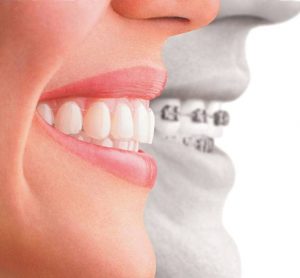4 Types Of Lubricants

Lubricants come in various forms and can help reduce friction between two surfaces. These can be water-based or solid. They can also be applied as a spray. These lubricants are usually mixed with a solvent before being applied to a surface. The solvent evaporates after the application leaving a thin film of lubricant behind. If you are considering using these lubricants, be sure to buy them from reliable lubricant companies in Dubai.
Water-based lubricants:
A water-based lubricant is a type of lubricant that is made from water. The pH of this type of lubricant should be in the range of 3.5 to 5.0. It should also be as similar as possible to vaginal secretions in terms of osmolality.
A water-based lubricant is based on natural ingredients. These ingredients give the lubricant a smooth texture. In contrast, an oil-based lubricant is based on oil or silicone, which gives it a slickness. This type of lubricant is useful for wet environments, such as a car or boat.
Solid lubricants:
Solid lubricants are made of solid materials such as metals or organic compounds. They have a high load carrying capacity, good high-temperature performance, and low friction. These materials are also stable in a vacuum. They are suitable for a wide range of applications, especially in small components.
Penetrating lubricants:
Penetrating lubricants are used to remove stubborn rust from metal parts. The oils have low viscosities and can penetrate cracks, crevices, and pores. They are usually a blend of lubricant and solvent. The solvent helps thin the lubricant and improve its mobility.
Penetrating lubricants can be used on almost any object. They are a great way to lubricate joints and stop squeaks. They also prevent corrosion. Some of them can be used on automotive parts, boats, and industrial components.
Industrial lubricants:
In the manufacturing sector, industrial lubricants play a pivotal role in various processes. For example, industrial lubricants are essential for the smooth functioning of the assembly line. Many of these machines are automated, with robots performing many of the tasks of humans. Industrial lubricants are used to prevent wear and tear on moving parts.
Industrial lubricants come in different types, including mineral and synthetic oils. Some additives help minimize friction between metal components and protect them against oxidation and corrosion. They can also protect the components of machines by dispersing impurities from their surfaces. These additives also reduce the foaming of industrial process fluids.




